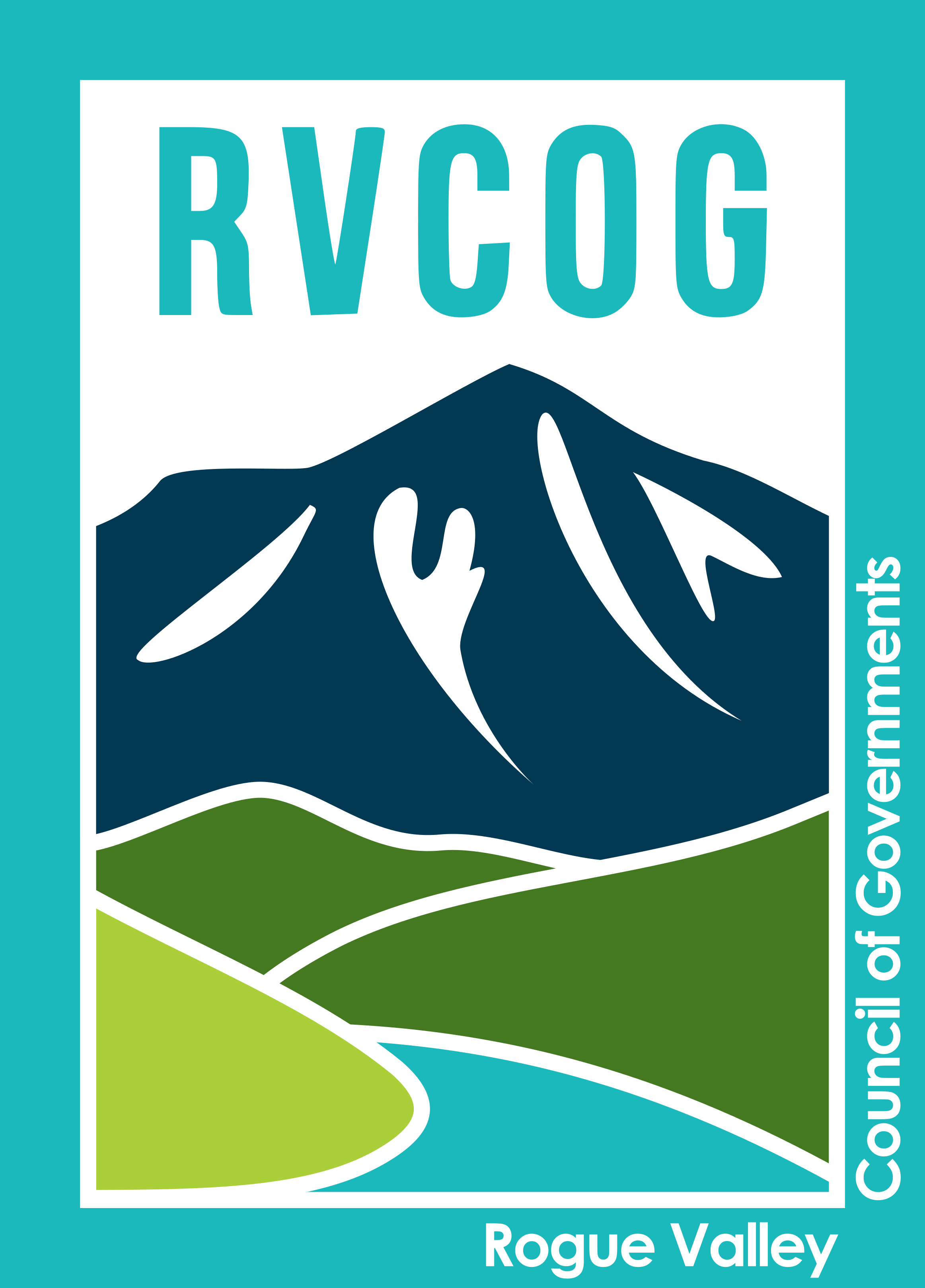Rogue Valley Council of Governments
What is a vernal pool?

Vernal Pools are rain-fed, seasonal wetlands found on hardpan soils. The name “vernal” comes from the Latin word for spring. They typically fill and drain several times during the rainy season, then dry out completely in summer and fall. The impermeable hardpan layer allows the pools to retain water longer than their surroundings. Different forms of vernal pools form in scatter locations throughout the world and across North America. In the Agate Desert, the pools vary in size from 3 to 100 feet across and are rarely deeper than one foot.
Only plant and animal species adapted to the cycle of wetting and drying can survive in vernal pools over time and the presence of these special life forms makes vernal pools unique. As winter rains fill the pools, freshwater invertebrates (insects and crustaceans) emerge. The organisms provide an important link in the food chain for migrating and resident waterfowl, shorebirds, birds of prey, frogs, and salamanders.
Early spring heralds the brightly colored concentric rings of flowers for which vernal pools are famous. Native bees nest in the surrounding mounded prairie and pollinate the flowers in the vernal pools. Insects and crustaceans produce cysts and eggs, while plants produce seeds that sink to the pool bottom. By late summer, when vernal pools have completely dried out, they are really “banks” full of resting seeds, cysts, and eggs awaiting the onset of rains to begin the life cycle anew.
For more information on vernal pools:
Contact Craig Tuss, Natural Resources Project Manager, (541) 423-1366
Vernal Pool Brochure (Adobe pdf)
Agate Desert Vernal Pools Project
Click on map for a larger version of the Draft Classification Map (March 2008)
Other information
Click here to view a slideshow of Seasonal views of the Agate Desert Vernal Pool Wetland.

